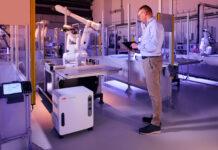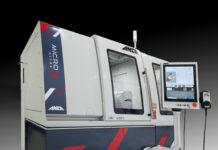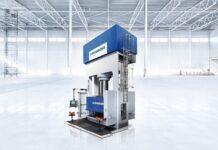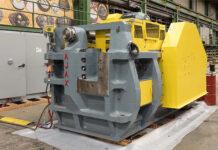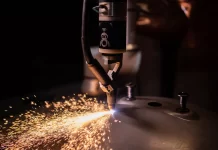One of the principal challenges for machine builders is trying to contend with and respond to demands for increased machine customization, and the associated increase in complexity that comes when trying to fulfill those requirements. Intelligent Performance Engineering (IPE) helps solve these challenges for companies that are developing new engineering practices that keep pace with the growing sophistication associated with machine introductions.
Implementing Digitalization Technologies
Technology is the most significant catalyst for change and staying competitive in an Industry 4.0 landscape with new machine introduction. However, several other factors drive companies to shift, including meeting customer demand for machine personalization through specifications and requirements. Therefore, a machine must meet, exceed, and support the performance requirements of the daily increasing explicit use cases.
Given these factors, it is crucial to differentiate a product from global competition by serving customers rapidly at a lower cost. Though these objectives are a mainstay, dynamic technologies propel companies to consider and evaluate how they meet customer’s needs and challenges while using digitalization. Therefore, in stretching the limits of the technology advancements, there is an ongoing need to address the growing demands of flexibility and complexity. You cannot accomplish this objective without quickly evaluating machine behaviors and providing data back to the model.
Intelligent Performance Engineering provides the ability to ensure innovative machine designs can be delivered as promised through a digital thread to support consistency and high performance. This innovation provides several critical design parameters, including personalization, global competition, and simulation, while adopting intelligent performance engineering practices for ensuring safety, reliability, and cost-effectiveness.
Implementing IPE in conjunction with a digital thread is vital to balancing a customer’s needs to improve machine reliability and performance while evaluating, verifying, and testing designs.
 Simulation Measures Performance
Simulation Measures Performance
As corporations deliver machines with faster cycle rates, higher reliability and constricted delivery schedules, simulation is performed upfront versus conventional testing of multiple physical prototypes. With this shift, IPE simulation and testing can collaborate proficiently to address the essential needs of modern machines.
One of the most critical aspects of designing new industrial equipment or modifying existing designs lies in verifying and testing to analyze its performance before reaching the customer. Consequently, original equipment manufacturers (OEMs) can adopt a collection of digital simulation and analysis tools to understand the design choices that affect performance and failure for a component, device, or machine. It costs much less to address the design process’ problems rather than trying to address potential issues with your machine design in the product development cycle.
In conventional methods, there still exists some manual handoffs between design and simulation processes. Engineers can use design level simulation that provides a baseline assessment of the design or a definitive design analysis leading to more advanced simulation. As enterprises attempt to deliver machines with faster cycle rates, and compressed delivery schedules, teams are under pressure to perform simulation early rather than testing several physical prototypes, assuming these physical tests will suffice. Therefore, the objective is to have simulation and testing working together efficiently.
Analyzing and Integrating Machine Data
There is some manual work involved in running simulations to verify various equipment characteristics using multiple tools. As a result, basic simulations do not consistently reflect the interdependency of issues like electromagnetic interference, structural loads, heat, and vibration. This scenario is becoming an issue with smarter equipment, increasing the complexity of wiring, electronics, and software. The designer may run a fundamental analysis to validate design safety but hinder the designer from exploring the performance ramifications of engineering trade-offs. Also, a designer may over-engineer a design, thus bypassing the need to run as many tests. However, this may lead to additional cost, weight, or reduce machine performance to meet safety requirements. Therefore, the analyst may adopt complex processes to address simulation tool intricacies and lack of design tool integration. And, any delays in the process may result in performing risky analysis on outdated designs.
The digitalization process, including the digital twin, requires optimum integration levels – an essential for OEMs. A comprehensive digital twin improves the simulation of various characteristics of components and equipment more precisely, enabling faster delivery of a more reliable and smarter machine. A digital thread also automates the information sharing process between engineering teams, analyst production, test team, and service engineers. This progression allows teams to evaluate capabilities and limit product variations efficiently. Better integration between designers, analysts, and live data enables OEMs to adopt intelligent performance engineering practices to improve engineering speed and deliver higher performance while ensuring safety, reliability, and cost-effectiveness.
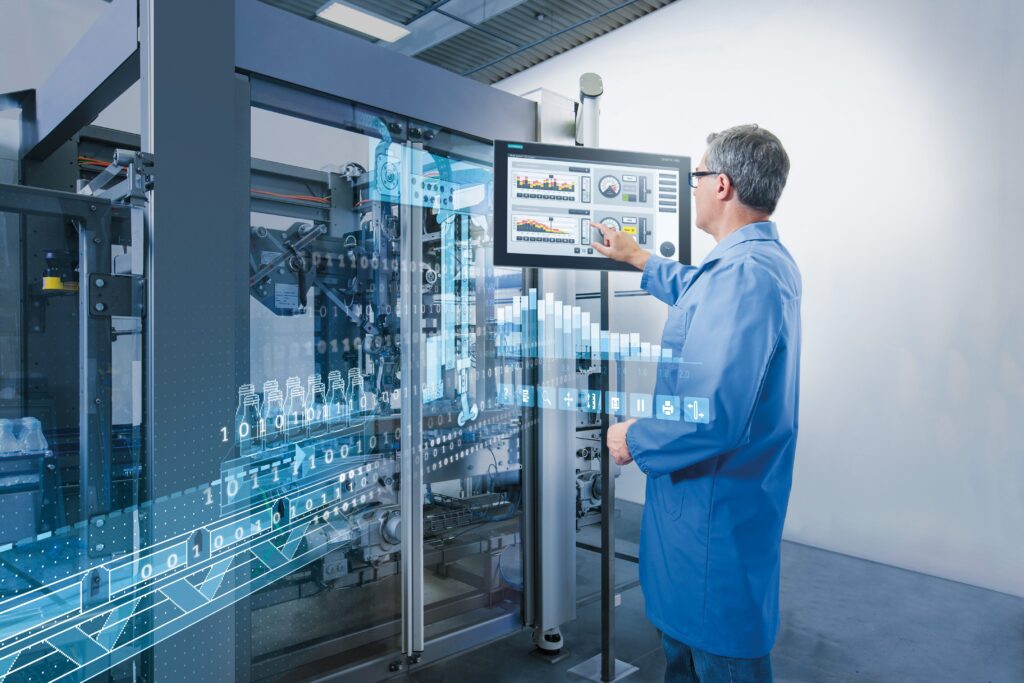 Intelligent Performance Engineering improves reliability and addresses risk by building a set of highly accurate models to predict product behavior during lifecycle phases. What makes it a unique approach in the marketplace today is understanding industrial machine and equipment manufacturer’s process needs and challenges. The resultative data on those issues identify three crucial areas:
Intelligent Performance Engineering improves reliability and addresses risk by building a set of highly accurate models to predict product behavior during lifecycle phases. What makes it a unique approach in the marketplace today is understanding industrial machine and equipment manufacturer’s process needs and challenges. The resultative data on those issues identify three crucial areas:
Multi-physics simulation gives customers the ability to balance multiple attributes under one umbrella. For example, deciphering thermal and stress analysis in combination. So, what happens when the heat rises? And what is its impact on product stability? There are multi-physics simulation angles implemented together to address several needs that are normally isolated. Having the ability to balance the performance characteristics across the physics domains becomes valuable.
Integrated design and simulation focus on performance engineering to address the front-end product design commissioning process that ensures models are consistent with high variability – managing many changes while not losing data while keeping all in sync.
Closed-loop validation expands the test horizon to look at the testbed, or machine prototype, or machine in operation, as the testing environment. Subsequently, you receive more information from machine use by getting real-time feedback from it as part of the test analysis.
Balance Between Productivity, Accuracy, Reliability, And Efficiency
As industrial equipment becomes more complex with faster delivery expectations, leading industrial OEMs must build more effective and trustworthy simulations. Developing industrial machinery requires finding the best balance between productivity, accuracy, reliability, and efficiency – performing it digitally to out-innovate the competition.
Siemens Digital Industries Software drives the transformation to enable a digital enterprise where engineering, manufacturing, and electronics design meet tomorrow with the Xcelerator portfolio. Xcelerator is a comprehensive, integrated portfolio of software, services and an application development platform, which accelerates the transformation of businesses into digital enterprises. It unlocks a powerful industrial network effect – essential requirements to leverage complexity as a competitive advantage, no matter the industry or company, to transition seamlessly to create tomorrow’s complex, efficient machines.


